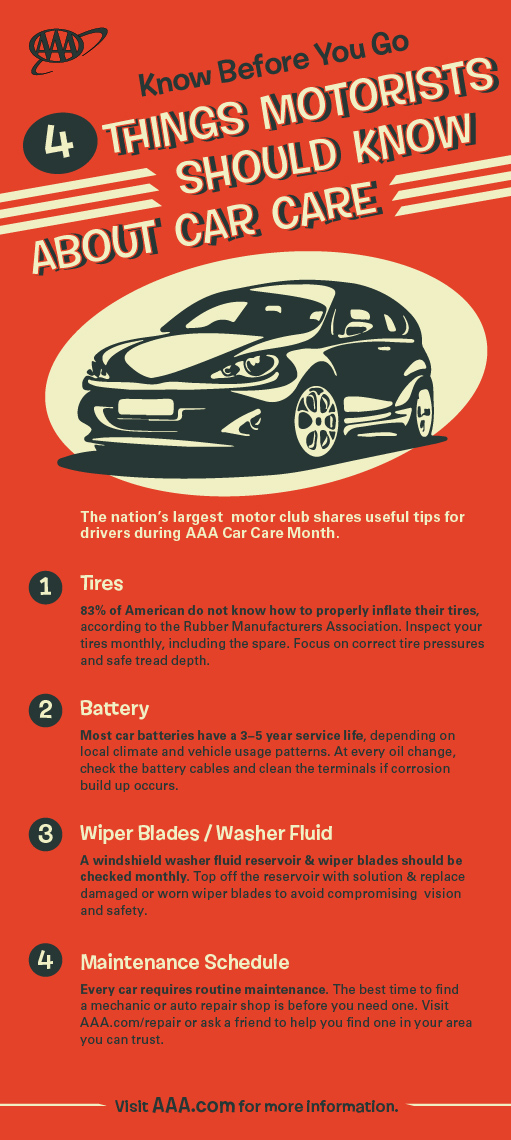Assessing Your Cars And Truck'S Caution Indicators: What They Actually Convey
Assessing Your Cars And Truck'S Caution Indicators: What They Actually Convey
Blog Article
Content Produce By-Lim Winters
When you're behind the wheel, those beautiful caution lights on your control panel can be a little bit puzzling. Do you know what they're trying to tell you concerning your vehicle's health? Understanding the value of these lights is crucial for your security and the durability of your automobile. So, the following time among those lights appears, wouldn't you want to understand its message properly and take the necessary actions to resolve it?
Common Warning Lights and Interpretations
Determine common caution lights in your vehicle and understand their meanings to guarantee safe driving.
One of the most common caution lights consist of the check engine light, which signifies issues with the engine or exhausts system. If this light begins, it's critical to have your car examined immediately.
The oil pressure warning light shows low oil stress, requiring immediate interest to stop engine damage.
A blinking battery light could suggest a damaged charging system, potentially leaving you stranded if not resolved.
The tire pressure tracking system (TPMS) light notifies you to reduced tire pressure, impacting car security and gas efficiency. Disregarding this might lead to harmful driving problems.
The abdominal light shows an issue with the anti-lock stopping system, endangering your capability to quit quickly in emergencies.
Last but not least, the coolant temperature advising light warns of engine getting too hot, which can result in severe damages otherwise fixed swiftly.
Comprehending these typical caution lights will certainly aid you deal with concerns immediately and maintain safe driving conditions.
Relevance of Prompt Attention
Understanding the usual caution lights in your auto is only the initial step; the importance of immediately addressing these warnings can not be emphasized enough to ensure your safety when traveling.
When a caution light illuminates on your dashboard, it's your auto's way of communicating a possible concern that requires interest. Overlooking these cautions can result in extra extreme issues down the road, jeopardizing your safety and security and possibly costing you extra in repairs.
Trigger attention to cautioning lights can prevent failures and accidents. For instance, a flashing check engine light could show a misfire that, if left neglected, can trigger damage to the catalytic converter. Resolving just click the up coming web site without delay can conserve you from a pricey repair work.
In a similar way, a brake system advising light may indicate low brake liquid or used brake pads, vital elements for your security when driving.
Do It Yourself Troubleshooting Tips
If you observe a caution light on your dashboard, there are a few DIY troubleshooting ideas you can attempt prior to looking for professional aid.
The initial step is to consult your automobile's manual to comprehend what the specific warning light indicates. Occasionally the concern can be as straightforward as a loose gas cap setting off the check engine light. Tightening the gas cap might deal with the problem.
https://swfloridadailynews.com/fire-tears-through-fort-myers-auto-shop/ is a low battery, which can trigger various advising lights. Inspecting the battery connections for rust and guaranteeing they're safe might repair the trouble.
If a warning light persists, you can attempt resetting it by disconnecting the auto's battery for a few mins and after that reconnecting it. In addition, inspecting your lorry's liquid levels, such as oil, coolant, and brake fluid, can help repair advising lights related to these systems.
Conclusion
In conclusion, comprehending your car's warning lights is vital for keeping your automobile running smoothly and securely. By quickly resolving these alerts and recognizing what they imply, you can stay clear of expensive fixings and potential breakdowns.
Keep in mind to consult your car's handbook for particular information on each advising light and do something about it accordingly to make sure a trouble-free driving experience.
Keep notified, stay safe when traveling!
